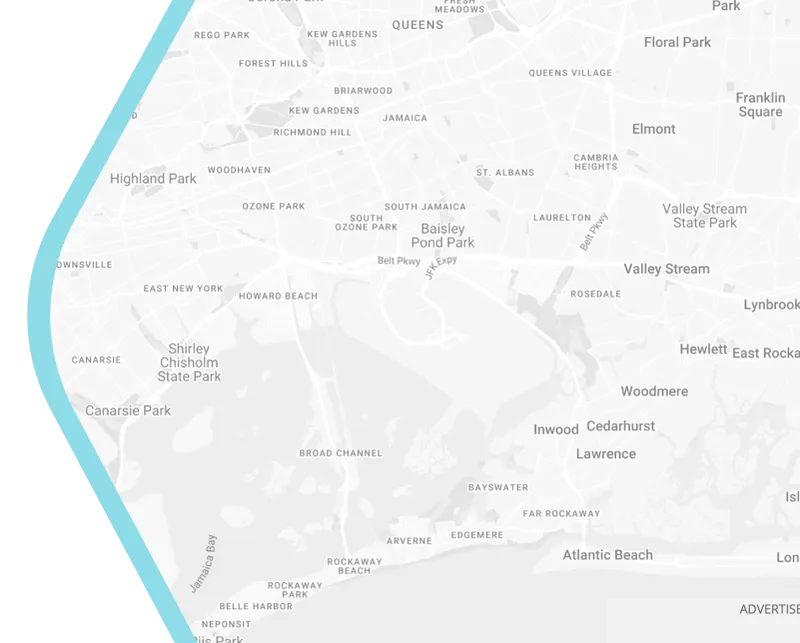
The Role of Electric Vehicle Charging Infrastructure in Building Sustainable Smart Cities
Introduction: The Rise of Electric Vehicles in Smart Cities
As urban centers worldwide grapple with the dual challenges of climate change and rapid population growth, the transition to electric vehicles (EVs) has emerged as a cornerstone of sustainable development. EVs not only reduce greenhouse gas emissions but also align with the broader goals of smart cities—efficiency, connectivity, and resilience. However, the success of this transition hinges on one critical factor: robust EV charging infrastructure.
In this article, we explore the pivotal role of EV charging networks in building sustainable smart cities. From urban planning considerations to technological innovations, we’ll delve into how cities can future-proof their transportation systems and create a cleaner, greener future for all.
The Current State of EV Charging Infrastructure
Global Trends in EV Charging Networks
The global EV market is booming, with sales surpassing 10 million units in 2022. This growth has spurred the development of charging infrastructure, particularly in regions like Europe, China, and North America. Public charging stations, fast-charging hubs, and home-based solutions are becoming increasingly common, but significant gaps remain.
Challenges in Scaling Charging Infrastructure
Despite progress, several challenges hinder the widespread adoption of EV charging networks:
- High upfront costs: Installing charging stations requires significant investment.
- Grid capacity: Many cities lack the electrical grid capacity to support large-scale EV charging.
- Urban space constraints: Finding suitable locations for charging stations in densely populated areas is a constant challenge.
Addressing these issues is essential for creating a seamless EV experience and accelerating the shift toward sustainable mobility.
The Role of EV Charging in Urban Planning
Integrating Charging Stations into City Landscapes
Urban planners must consider EV charging infrastructure as a fundamental component of city design. This includes:
- Installing charging stations in residential areas, commercial hubs, and public parking lots.
- Incorporating charging points into public transit systems, such as bus depots and train stations.
- Ensuring accessibility and convenience for all users, including those without private parking.
Zoning and Policy Considerations for EV Infrastructure
Effective policies are critical for scaling EV charging networks. Key measures include:
- Streamlining permitting processes for charging station installation.
- Offering incentives for businesses and homeowners to adopt EV charging solutions.
- Mandating EV-ready infrastructure in new construction projects.
By embedding EV infrastructure into urban planning frameworks, cities can create a foundation for long-term sustainability.
Technological Innovations in EV Charging
Smart Charging Solutions and IoT Integration
The integration of Internet of Things (IoT) technology is revolutionizing EV charging. Smart charging systems can:
- Optimize energy usage by charging vehicles during off-peak hours.
- Enable real-time monitoring and maintenance of charging stations.
- Provide users with data on charging availability, costs, and energy consumption.
Fast-Charging and Wireless Charging Technologies
Advancements in fast-charging and wireless charging are addressing one of the biggest barriers to EV adoption: charging time. Fast-charging stations can replenish an EV’s battery in minutes, while wireless charging eliminates the need for physical connectors, offering a seamless user experience.
Case Studies: Successful EV Infrastructure Projects
Examples from Leading Smart Cities
- Amsterdam, Netherlands: Amsterdam has deployed over 4,000 public charging stations, supported by a robust policy framework and public-private partnerships.
- Oslo, Norway: Oslo leads the world in EV adoption, with charging infrastructure integrated into streetlights, parking meters, and public transit systems.
- Los Angeles, USA: LA’s “Green New Deal” includes ambitious plans to install 25,000 EV charging stations by 2025.
Lessons Learned and Best Practices
These case studies highlight the importance of:
- Strong government leadership and clear policy goals.
- Collaboration between public and private sectors.
- Continuous innovation and adaptation to emerging technologies.
The Future of EV Charging in Smart Cities
Emerging Trends and Predictions
The future of EV charging infrastructure is bright, with several trends shaping its evolution:
- Vehicle-to-Grid (V2G) technology: EVs will not only consume energy but also feed it back into the grid, enhancing energy resilience.
- Renewable energy integration: Charging stations powered by solar, wind, and other renewables will reduce the carbon footprint of EVs.
- Autonomous charging: Self-driving EVs will be able to locate and charge themselves without human intervention.
The Role of Public-Private Partnerships
Collaboration between governments, businesses, and technology providers will be essential for scaling EV infrastructure. Public-private partnerships can unlock funding, drive innovation, and ensure equitable access to charging solutions.
Conclusion: Driving Toward a Sustainable Future
The transition to electric vehicles is more than a technological shift—it’s a transformation of how we live, work, and move within our cities. By investing in robust EV charging infrastructure, urban centers can reduce emissions, enhance quality of life, and pave the way for a sustainable future.
From smart charging solutions to innovative policies, the tools to build this future are already within our reach. The question is: Are we ready to take the wheel?
Call to Action
Ready to transform your city’s transportation system? At Smart City SS, we specialize in designing and implementing cutting-edge EV charging solutions tailored to your urban needs.
👉 Contact us today at https://www.smartcityss.com/contact to learn how we can help you build a smarter, greener future.
👉 Explore our full range of services at https://www.smartcityss.com/#services and discover how we’re pioneering the future of sustainable urban living.
